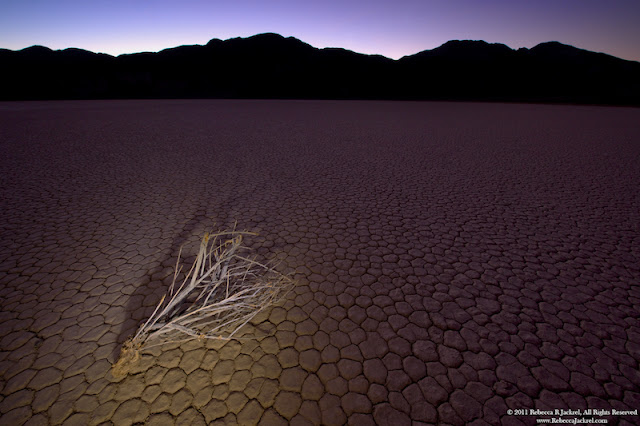I don’t normally do book reviews, they remind me of book reports in school which inevitably leads me to hum “A book report on Peter Rabbit” over and over for days. (If you’ve never seen/heard the musical You’re a Good Man, Charlie Brown you are missing out.)
So what could possibly change my mind and get me jazzed enough to hum for weeks? Why Death Valley of course!
Death Valley is the largest National Park in the lower 48 covering more than 3 million acres, just under 4,700 square miles. It is the hottest, driest and lowest point in the United States. With such a vast area and extreme climate it is easy for visitors to become overwhelmed and miss out on photographic opportunities. Every person who visits Death Valley takes photos of Badwater, the Mesquite Flat Sand Dunes and the view from Zabriskie Point but did you know there is a waterfall in Death Valley? Do you know what time of year the endangered pupfish are most easily seen? Do you know how to dance with a chuckwalla?
Photographer Dan Suzio does and he shares all in his new book Death Valley Photographer’s Guide published by Nolina Press. Dan has been photographing in Death Valley for the past 35 years and he still makes new discoveries with every visit. For those of you keeping track, yes that means many of his images were shot with… FILM! It’s a treat to see the film images holding their own against Dan’s more recent DSLR work.
The book is divided into three sections: an overview, location listings broken out by general area and finally an easy to navigate reference chart. It’s always tempting to quickly flip through the overview to get to the good bits of a photo guide but I recommend against that for this book. The overview contains not only wonderfully amusing anecdotes to enjoy but also a lot of information that will help to keep you safe when you venture forth. Whether you are relying too heavily on your GPS, running out of fuel or sticking your hand into crevices occupied by the local snakes, one mistake in the desert can cost you dearly.
At first glance this book appears to be a lightweight, easy to carry paperback but dive into the location listings and you’ll find there is nothing lightweight about the information! Within the first paragraph of every location you immediately and clearly find out what to expect to see in the location, when the light is best for photography, what wildlife and flowers to look out for, the elevation and how to get there. Read further for some surprising gems of knowledge that can only be gleaned by someone who has put in the time to explore. Healthy doses of inspiring photographs grace the pages though it’s obvious from the collection that Dan’s first love is reserved for the reptiles. Check out the beauty on page 46 and you’ll understand what I mean.
Personally I’ve been exploring Death Valley for around 8 years and I thought I was getting to know the park pretty well. After reading Dan’s guide I realize I’ve yet to scratch the surface! I can’t wait to get back out there armed with all of Dan’s generous knowledge.
Pick up a copy of the Death Valley Photographer’s Guide before your next trip and leave the crowds behind. Available at: http://www.deathvalleyphotographersguide.com or on Amazon.


















